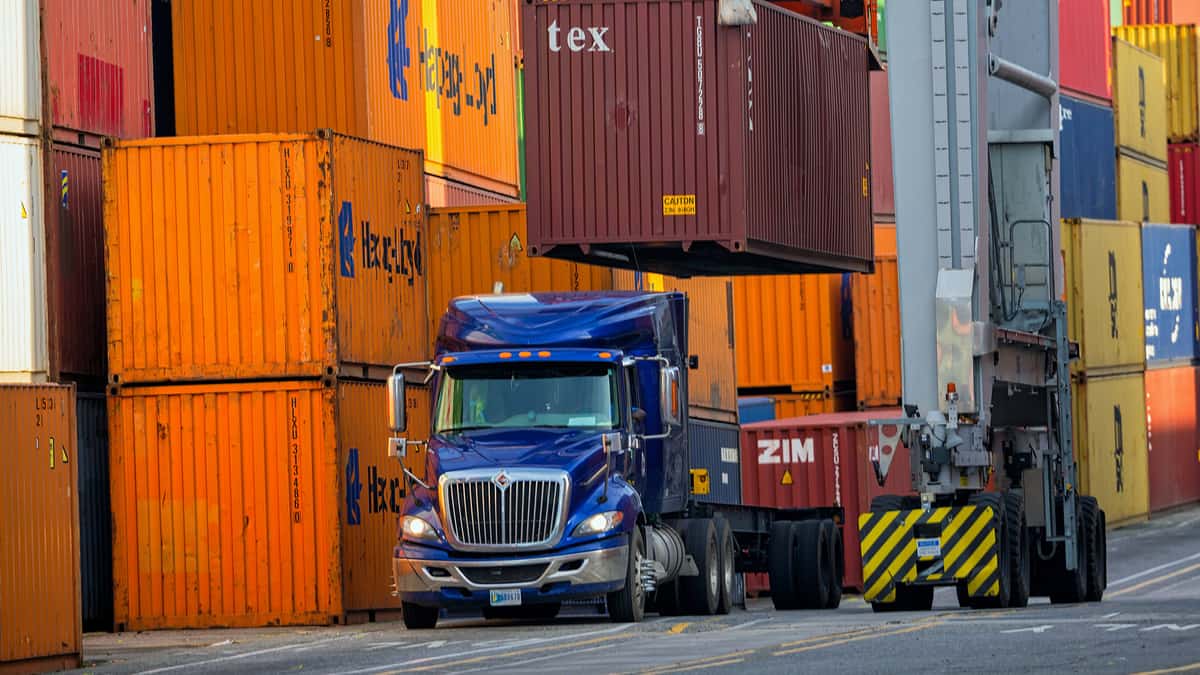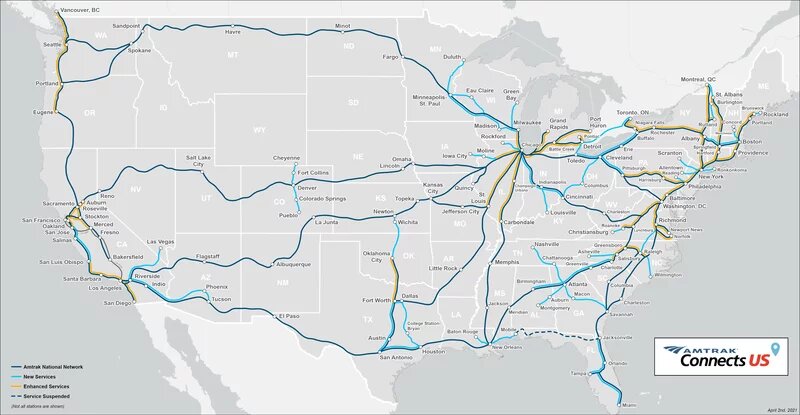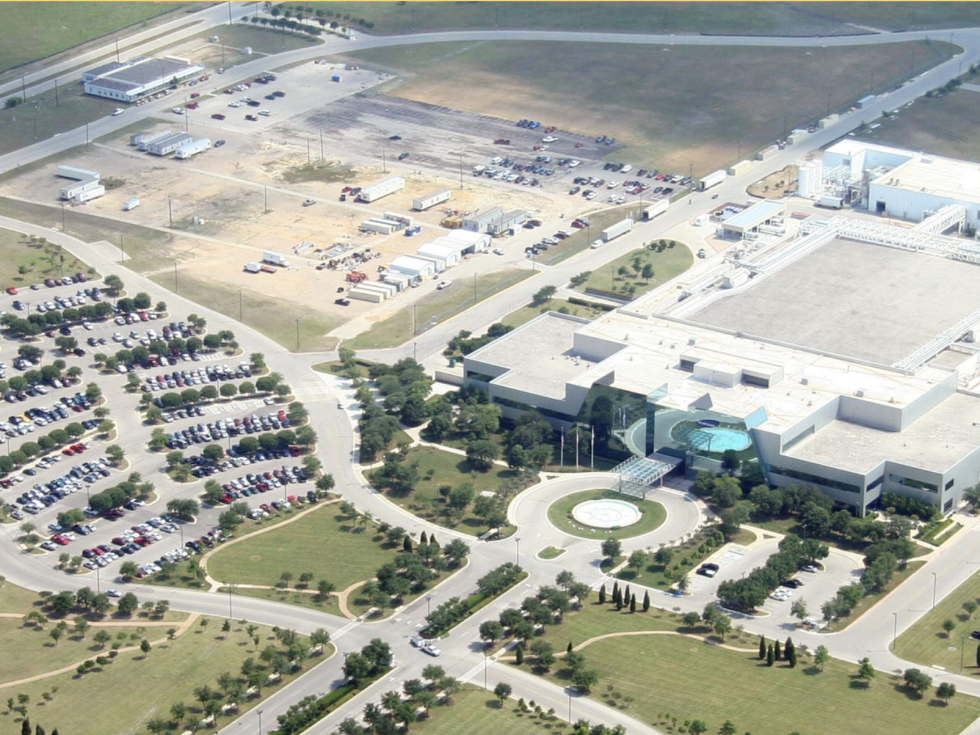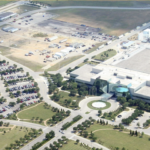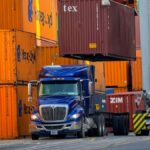The Ever Given is no longer lodged in the Suez Canal, but the pileup it caused has everyone wondering what repercussions may materialize in the coming weeks. While most of the cargo containers transiting the Suez Canal move from Asia to Europe, significant volumes also travel from Southeast Asia and India to the East Coast of the U.S.
Over the next few weeks, interested parties will be looking to East Coast ports to see whether those repercussions mean a loss of domestic freight volumes. But perhaps the outcomes of this event will be less tangible: sustained elevation of transportation costs or the absorption of these costs into consumer prices.
“The problems for the container lines and the shippers have just begun,” said FreightWaves’ Andrew Cox during Tuesday’s Midday Market Update. “In the near term, the Ever Given pileup will cause a drop in East Coast imports, but that initial lull will be followed by a surge of imports as delayed ships arrive.”
In the meantime, the Ever Given disruption meets a climate of already-tight capacity. Several days ago, domestic tender rejection rates topped out at 28.31%, meaning carriers are rejecting contract freight for the higher-paying spot freight at a rate 6 basis points below the peak rejection rate around the most recent Christmas holiday (28.37%). This volatile market is starting to level off, but not to any substantial degree.
“A lot of the tightness appears to be driven by southeastern tender volumes that are up roughly 7% this month, compared to other regions that are relatively flat due to the winter weather,” added FreightWaves’ Zach Strickland. “Easter is just around the corner. That might be causing this increase in tender rejection, as people do take spring break and vacations around Easter. Atlanta is the market to watch. Tender rejection rates are surging out of Atlanta right now, as well as Savannah, which has a lot to do with port influx — people moving away from the West Coast ports.”
Some shippers have directed their volumes away from West Coast port congestion by finding alternatives for their import volumes through Savannah, for instance, which is up 30% over the last six months. The ports of New York and New Jersey are up 2% in their seven-day rolling average.
Without knowing what’s coming up the pipeline in terms of the Ever Given fallout, shippers, warehouse managers, drayage carriers and long-haul fleets on the East Coast, and the Southeast in particular, need to make every attempt to maximize capacity and assets — but the solution goes beyond tracking.
PowerFleet’s advanced intelligence solutions combine asset-location data with cargo status such as temperature, whether it shifted during transit, and how full a trailer or container is. This key data can be integrated with route planning and appointment scheduling so dispatchers can re-route drivers, provide more accurate time of arrival or alert shippers and receivers if a driver is running late.
“We actually take a bottoms-up approach in our architecture, starting from the cargo itself,” said Chris Wolfe, CEO of PowerFleet, at FreightWaves’ Health & Pharma Supply Chain Summit. “We build telemetry platforms, very intelligent mobility platforms that manage sensor data, whether that be temperature or shock. The solution utilizes imaging, machine learning and artificial intelligence to create meaningful data to help companies make decisions.”
Source: https://www.freightwaves.com/
